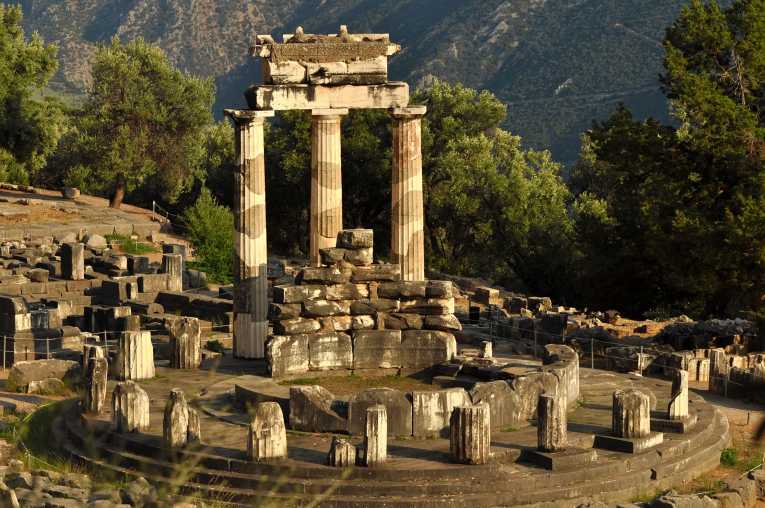Image © olimpiupop
Image
The Persian Gulf, or 'The Gulf' as it is now known, is relatively young in geological terms, being created around 8,000 years ago, probably as a result of some historic climate change causing the Indian Ocean to swallow up the whole area.
The Gulf has an area about the same as the United Kingdom. It is 1,000 km long and 370 km wide at its widest point and relatively shallow with an average depth of 50 metres. It is bounded by Iran, Iraq, Kuwait, Saudi Arabia, Bahrain, Qatar, United Arab Emirates and Oman.
Jeffrey Rose, an archaeologist and researcher at the University of Birmingham in the UK believes that the Gulf now covers what at one time was the home of some of the earliest human populations outside Africa.
Rose describes this as the 'Persian Gulf Oasis' and believes that before its catastrophic flooding, the region may have been host to humans for well over 100,000 years. Rose's hypothesis introduces a 'new and substantial cast of characters' to the human history of the Near East. He believes that humans may have established permanent settlements in the region thousands of years before current accepted thinking.
In recent years there has been a considerable amount of archaeological interest around the shores of the Gulf showing evidence of a wave of human settlements along these shores that date back about 7,500 years.
The interesting thing about these settlements is that they were not scattered hunting camps, but were well-built settlements with permanent stone houses, elaborately decorated pottery, domesticated animals and evidence of long-distance trade routes.
The puzzle has been how such highly developed settlements could pop up so quickly, with no precursor populations to be found in the archaeological record. Rose believes that the evidence of those preceding populations is missing, because it is under the Gulf.
Rose sees it as no coincidence that these settlements developed at around the same time as the Gulf was inundated. He believes that these new colonists were displaced as the waters rose, plunging their once fertile landscape beneath the waters of the incoming Indian Ocean.
Historical evidence indicates that the Gulf basin first became dry land some 75,000 years ago. It would have provided an ideal refuge from the harsh deserts surrounding it. Fresh water would have been supplied by the Tigris, Euphrates, Karun and Wadi Baton rivers, as well as by underground springs.
Evidence is also emerging that modern humans could have been in the region as far back as 100,000 years. This is far earlier than currently accepted thinking, with several recent migration models putting the first successful migration into Arabia as recent as 50,000 years ago.
If Rose's theory is correct, the Gulf Oasis would have been available to these early migrants and would have provided a sanctuary during the Ice Ages when much of the surrounding region was uninhabitable due to hyperaridity.
Climate change is thought to have caused the Gulf's creation. It would be interesting if a fresh change in climate forced it to reveal its secrets.










